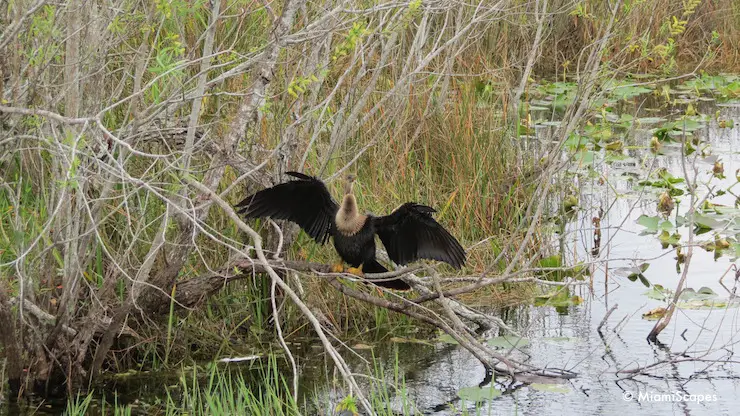
This page covers some general Everglades Facts that will serve as an introduction to this wonderful ecosystem. Also you will find some essential facts you need to know when planning your Everglades adventure, whether you only have a few hours to spare or a few days to enjoy all this area has to offer.
- Florida Everglades Geography
- Everglades Ecosystems and Habitats
- Weather and Seasons: When is the best time to visit the Everglades?
- National Parks, Preserves, Wildlife Refuges within the Greater Everglades
- Everglades tips and FAQs to help you plan your visit: main areas worth visiting, what to bring, where to see alligators, etc.
Florida Everglades Geography
The Florida Everglades is a huge area. It starts all the way north near Orlando in Central Florida, along the chain of small lakes and the Kissimee River.
The river then flows into Lake Okeechobee, the largest in Florida, which in the wet season overflows.
The overflow forms a 60 mile wide slow-moving river, some call it a swamp, which advances southward and westward for over a hundred miles until it reaches the southernmost end of the State at the Gulf of Mexico and the Atlantic Ocean.
Everglades National Park is located in the southern end. The Park is only a fraction of the entire Everglades region, but the most well-known and a convenient gateway for visitors to Miami.
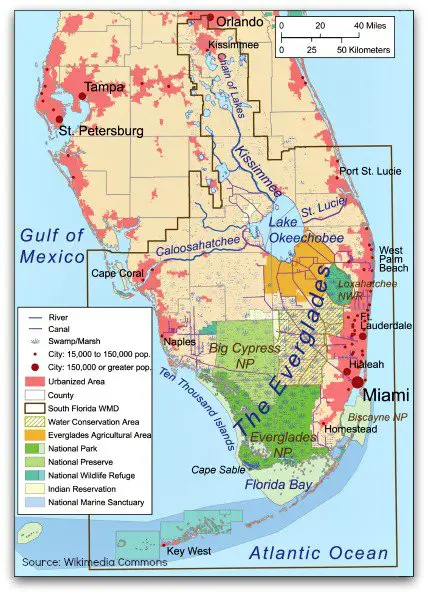
Everglades National Park is the third largest National Park in the continental United States after Yellowstone National Park and Death Valley National Park.
Also within the Everglades are many other National preserves and wildlife conservation areas such as the Big Cypress National Preserve and the Loxahatchee and the 10,000 Islands National Wildlife Refuges.
Florida Everglades Ecosystems and Habitats
The ecosystems in this vast regions are many and varied. Small changes in elevation, sometimes only a few inches, and the salinity of the terrain create entirely different habitats.
These are some of the different habitats we are likely to encounter:
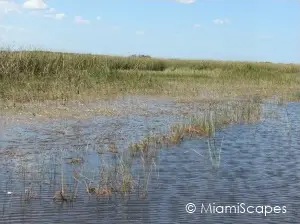
Fresh Water Sawgrass Marshes
Normally flooded most of the year, Sawgrass, charcterized by the blades with the serrated edges, is not a true "grass". You often find
alligators in this habitat.
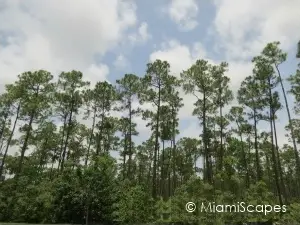
Pinelands
Slash pine is very tolerant to fire, and thanks to periodic fires which only consume the outer layer of the pine, pinelands have not been
overtaken by the normally dominant hardwoods
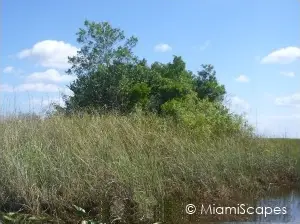
Hardwood Hammocks
Hammocks are islands of trees that form in tiny areas with slightly higher elevation, thus avoiding flooding. The surrounding trees shelter
the hammock forming a dense canopy that shades the inside and keeps the humidity within the hammock.
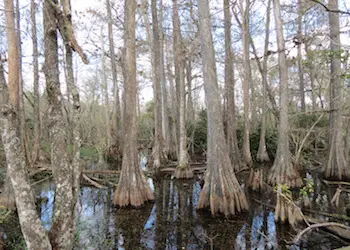
Cypress Swamps
Cypresses can be waterlogged for long periods of time. In the Everglades we have Pond and Bald Cypress. You see Bald Cypress
along flowing water and can grow up to 150 feet. The Pond Cypress is shorter and thrives in still water.
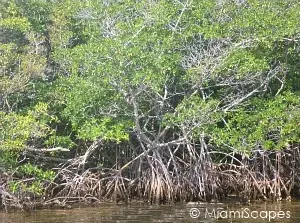
Mangrove Forests
Mangroves grow on fresh and salt water environments and you see them on the edges of many bodies of water.
Mangroves are instrumental in protecting our shorelines from erosion and hurricanes.
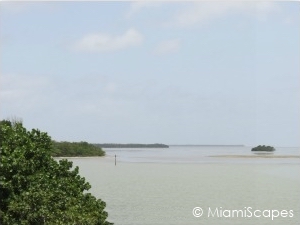
Coastal Estuaries
Estuaries are formed where the freshwater runs into the saltwater of the Ocean at Florida Bay in the South
and the Gulf of Mexico in the Southwest. Hundreds of fish and birds inhabit the area.
Weather and Seasons: When is the Best Time to Visit the Everglades?
There are only two seasons in the Everglades, the wet season and the dry season.
The dry season from end of November to end of April is the best time to visit.
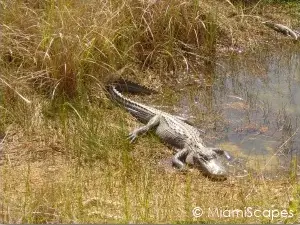
Practically from Thanksgiving to Easter. When water levels are low, there are better chances of seeing wildlife including migratory birds. Temperatures are quite pleasant and you don't have many bugs and mosquitos.
During the wet season from May to November, there is so much water that the wildlife spreads out and is not as visible as when water levels are low. Weather in the summer months is extremely hot and humid, plus you have the mosquitos to contend with.
Coming in the dry vs. the wet season could mean the difference between seeing hundreds of alligators and an abundance of birds or only a handful of specimens. If at all possible, try to schedule your visit during the drier season.
National Parks, Preserves and Wildlife Refuges within the Everglades, What's the Difference?
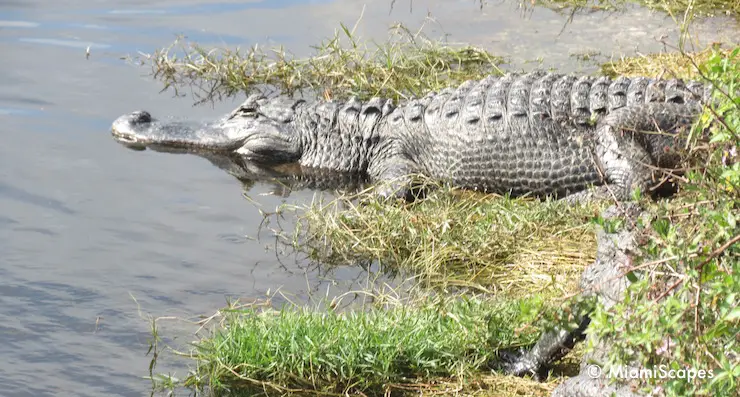
The Greater Everglades is comprised of many national and state parks, wildlife refuges, and preserves:
- Everglades National Park
- Big Cypress National Preserve
- Ten Thousand Island National Wildlife Refuge
- Fakahatchee Strand Preserve State Park
- Florida Panther National Wildlife Refuge
- Loxahatchee National Wildlife Refuge
So what's the difference between a National Park and a National Preserve or a Wildlife Refuge? What all these denominations have in common is that they are special designated places that preserve and protect our natural treasures. The differences between them are one of degree.
For example, a Preserve allows a broader range of activities that existed prior to the establishment of the preserve. At Big Cypress, hunting and off-road vehicles are allowed, whereas next door at Everglades National Park, they are prohibited. These activities are of course, regulated by the preserve and permits are required.
Wildlife Refuges furthermore, are areas protected and managed by the United States Fish and Wildlife Service. They could be areas within a National Park as well. These are public lands and waters set aside to specifically conserve America's fish, wildlife and plants.
Sometimes wilderness areas span areas managed by multiple agencies creating some confusion and many kinds of designations. Besides National recognition, the areas might be also under International and State protection. The main thing to keep in mind is that these areas are our natural treasures, our crown jewels that need to be protected so our children and our children's children will be able to enjoy them for generations to come.
The Florida Everglades
Most Popular Everglades Excursions
Book with confidence! Free cancellation: Cancel up to 24 hours in advance to receive a full refund


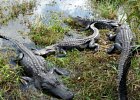
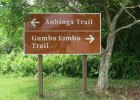
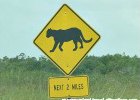
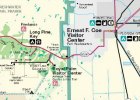
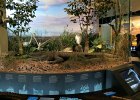
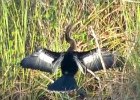
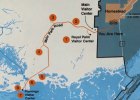
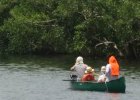
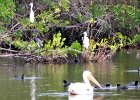
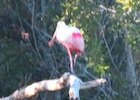
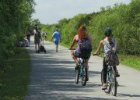
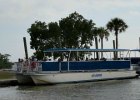
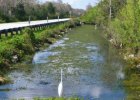
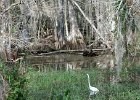
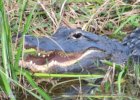
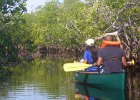
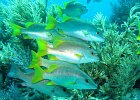
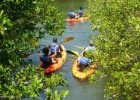
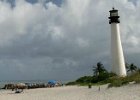
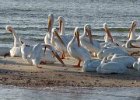
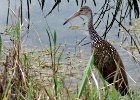

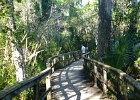
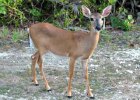
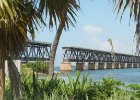

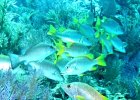
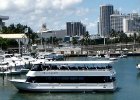
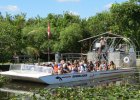


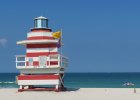


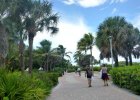
Send a Tip!
Got something to share? Let us know!